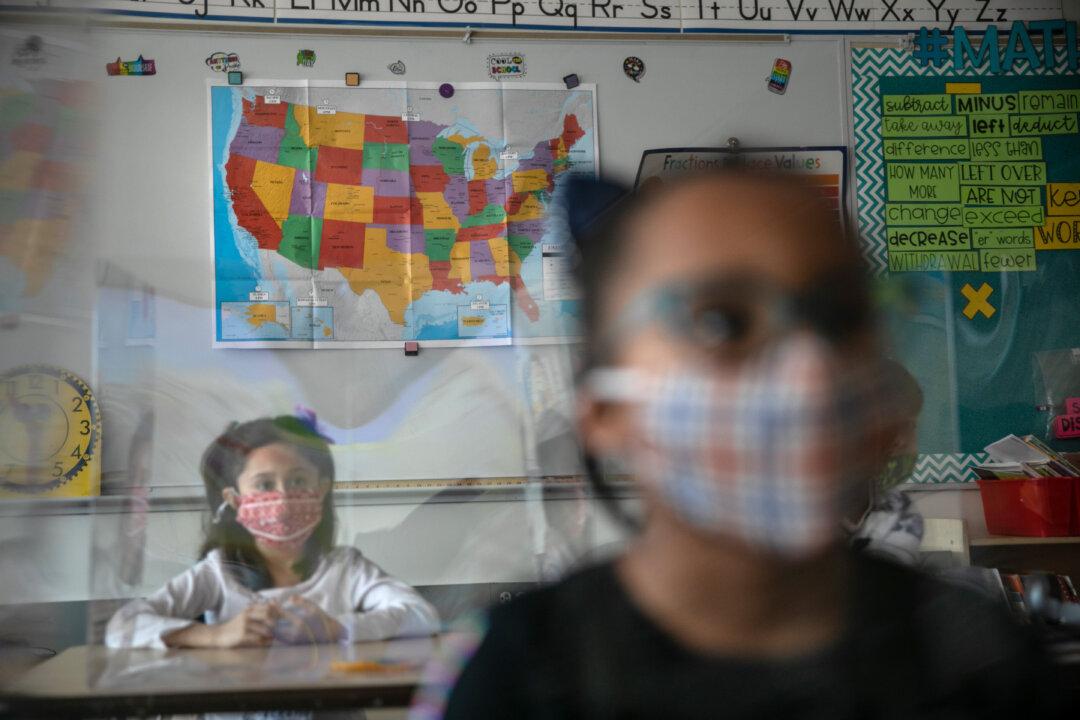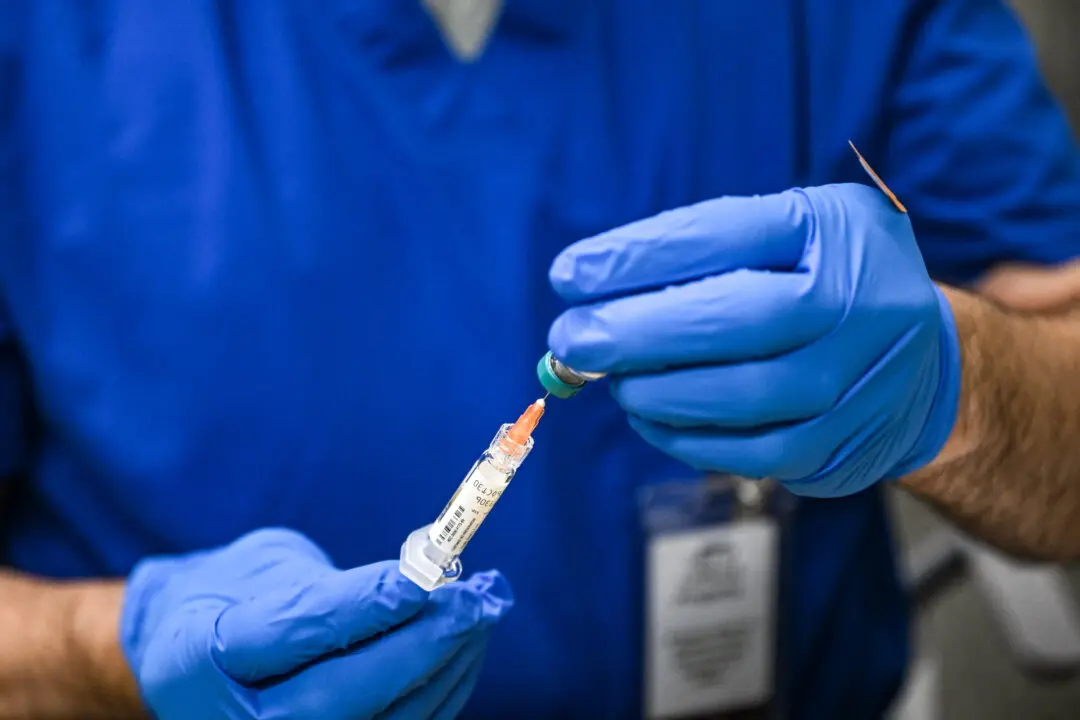Researchers whose analysis was cited by the Centers for Disease Control and Prevention (CDC) in recent school reopening guidance say the agency misinterpreted their findings and should immediately loosen the recommendations.
Four doctors said in an op-ed this week that the guidance “is an example of fears influencing and resulting in misinterpretation of science and harmful policy,” arguing it “does not take into account the data we have regarding little disease transmission in schools.”





